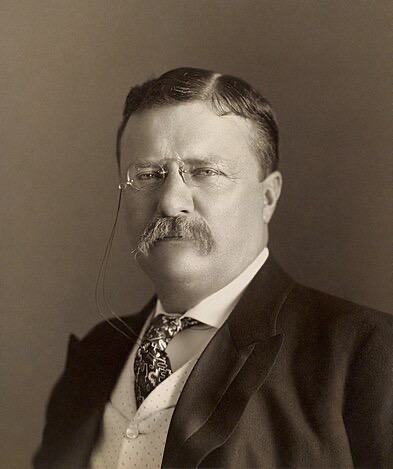Stuffed animals have long been cherished as childhood companions and collector’s items, evolving over centuries to reflect cultural shifts, industrial advancements, and technological innovations. From ancient fabric dolls to high-tech interactive plush toys, these comforting figures have found a permanent place in homes worldwide.
The Origins of Stuffed Animals
The concept of stuffed figures dates back to ancient civilizations. In Egypt, small stuffed animal figures were placed in tombs, symbolizing companionship and protection in the afterlife. Many early cultures created simple fabric dolls filled with straw, rags, or other materials, likely serving as comfort objects or ceremonial items.
By the 19th century, European toymakers began crafting soft toys designed to resemble real animals. These early plush toys were typically hand-sewn and filled with straw, sawdust, or cotton. The Industrial Revolution played a crucial role in mass-producing these toys, making them widely available. By the late 1800s, stuffed animals had become household staples, setting the stage for the emergence of one of the most iconic plush toys in history.
The Birth of the Teddy Bear
One of the most famous stuffed animals, the teddy bear, emerged in the early 20th century. In 1902, U.S. President Theodore Roosevelt refused to shoot a captured bear cub during a hunting trip in Mississippi. This act of compassion was illustrated in a political cartoon, inspiring American toymakers Morris and Rose Michtom to create a stuffed bear named “Teddy’s Bear.” The toy quickly became a commercial success, sparking the global teddy bear phenomenon.

At the same time, in Germany, toymaker Richard Steiff was developing a similar bear with jointed limbs and mohair fabric. When introduced at the 1903 Leipzig Toy Fair, Steiff bears became immensely popular, particularly in Europe and North America. Over the years, teddy bears evolved into softer, more expressive designs, ensuring their lasting appeal across generations.
Evolution of Stuffed Animals in the 20th Century
Throughout the 20th century, plush toys underwent significant transformations. In the 1920s and 1930s, manufacturers such as Steiff, Gund, and Ideal began using softer, more durable materials, replacing straw stuffing with cotton and synthetic fibers. Plush toys became more lifelike and expressive, with improved facial details and movable limbs. The affordability of synthetic fabrics made stuffed animals more accessible to a broader audience.
Mid-century innovations led to the rise of character-based plush toys inspired by film, television, and advertising mascots. Disney, among other companies, capitalized on this trend by licensing plush versions of beloved characters. As television and movies grew in influence, the demand for licensed plush toys soared, further embedding stuffed animals in popular culture.
The 1990s saw another major evolution with the Beanie Babies craze. These small, pellet-stuffed plush toys became widely popular due to their collectible nature, with limited editions driving up demand in the secondary market. The Beanie Baby phenomenon transformed stuffed animals from simple toys into sought-after collectibles, further cementing their status in modern culture.
Modern Plush Toys: Technology and Customization
Today, plush toys are more diverse and advanced than ever. The use of synthetic fabrics such as polyester has made them softer, more affordable, and easier to produce. Technological advancements have introduced interactive plush toys equipped with sound effects, touch sensors, and artificial intelligence. Some plushies can play music, respond to voice commands, or even connect to mobile apps, merging traditional comfort with digital interactivity.
Customization has also become a significant trend. Companies like Build-A-Bear Workshop allow customers to create personalized stuffed animals, selecting everything from fur color to clothing and voice recordings. This customization enhances the emotional connection people have with their plush toys, turning them into meaningful keepsakes rather than just playthings.
In recent years, plush toys have gained popularity among adults as well. Online communities dedicated to brands such as Squishmallows, Pokémon plushies, and handmade artist creations have flourished. Plush toys have also become recognized for their stress-relief benefits, with many adults finding comfort in their soft, familiar presence. The rise of online marketplaces and crowdfunding has further expanded opportunities for independent artists to create unique, handcrafted plush toys, introducing new and imaginative designs to the market.
The Lasting Appeal of Stuffed Animals
Stuffed animals continue to be cherished across generations due to their emotional significance, adaptability, and enduring charm. Whether as childhood companions, sentimental keepsakes, or collector’s items, plush toys hold a special place in the hearts of people worldwide. With nostalgia, innovation, and emotional connection driving their appeal, stuffed animals will remain a beloved presence in households for years to come. As long as people seek comfort, companionship, and creativity, these cuddly figures will continue to be treasured across all ages.
